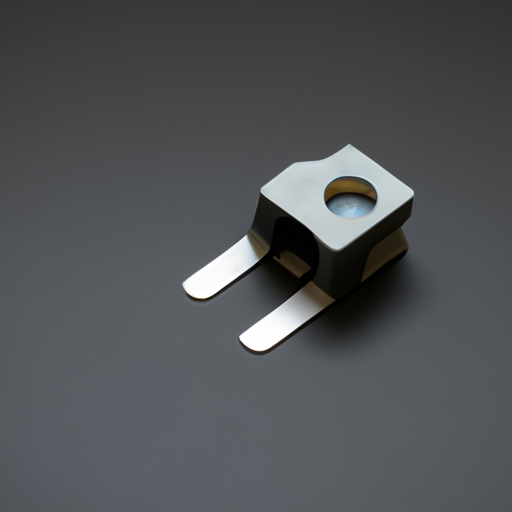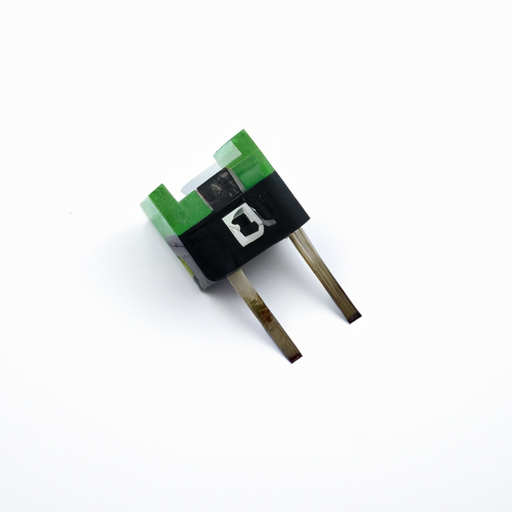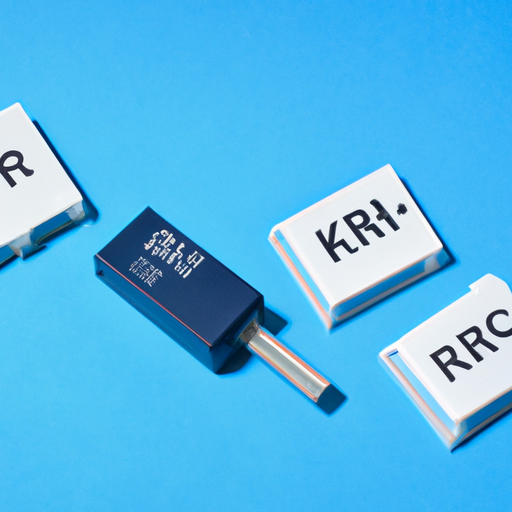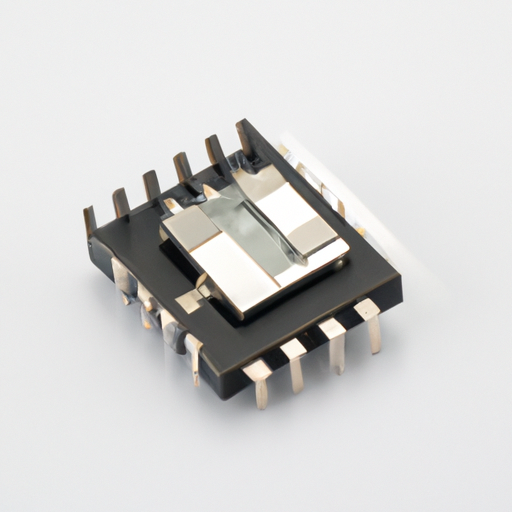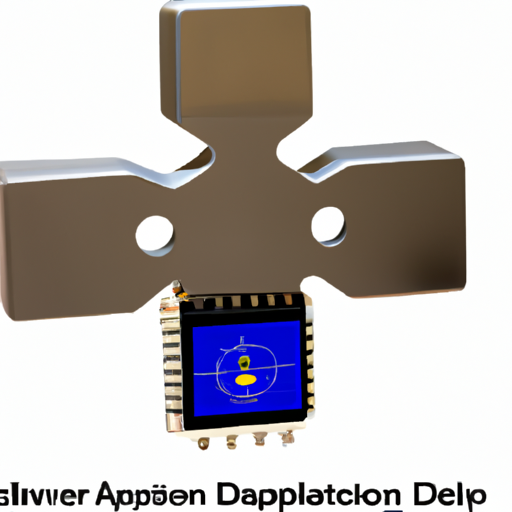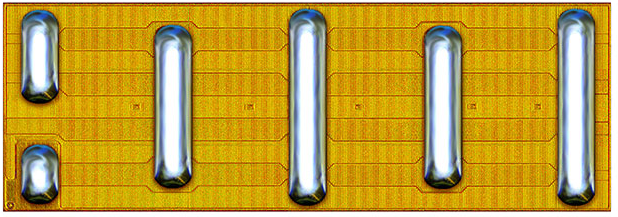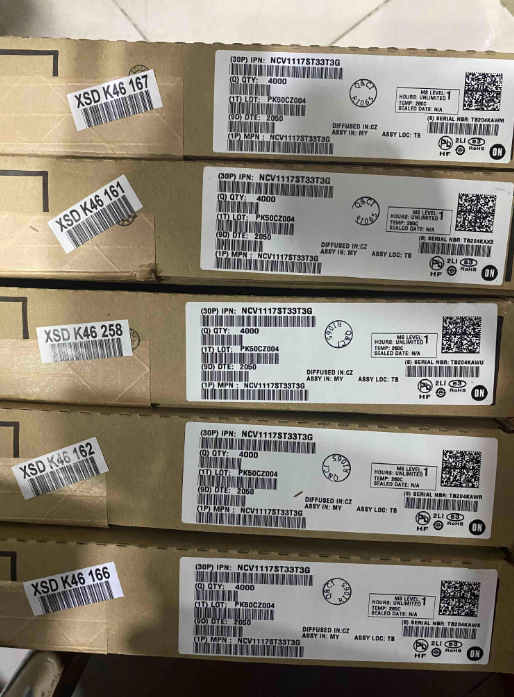MM74HC174N Float, Level Sensors highlighting the core functional technology articles and application development cases of Float, Level Sensors that are effective.
Float Level Sensors: Core Functional Technologies and Application Development Cases
Float level sensors are critical devices used to measure the level of liquids in various applications, including tanks, reservoirs, and containers. They operate on the principle of buoyancy, utilizing a float mechanism that rises and falls with the liquid level. Below, we explore the core functional technologies, relevant articles, and application development cases that highlight the effectiveness of float level sensors.
Core Functional Technologies
| 1. Magnetic Float Technology | |
| 2. Conductive Float Sensors | |
| 3. Capacitive Level Sensors | |
| 4. Ultrasonic Level Sensors | |
| 1. "Understanding Float Level Sensors: Types and Applications" | |
| 2. "Advancements in Float Level Sensing Technology" | |
| 3. "Choosing the Right Level Sensor for Your Application" | |
| 1. Water Treatment Facilities | |
| 2. Oil and Gas Industry | |
| 3. Agricultural Irrigation Systems | |
| 4. HVAC Systems |
Articles Highlighting Technology
Application Development Cases
Conclusion
Float level sensors are indispensable in various industries, providing reliable and accurate level measurement solutions. With ongoing advancements in technology, these sensors are becoming increasingly versatile and integrated with modern automation systems. Understanding the core technologies and application cases enables engineers and developers to make informed decisions when selecting and implementing float level sensors in their projects. As industries continue to evolve, the role of float level sensors will remain crucial in ensuring efficiency, safety, and sustainability.

